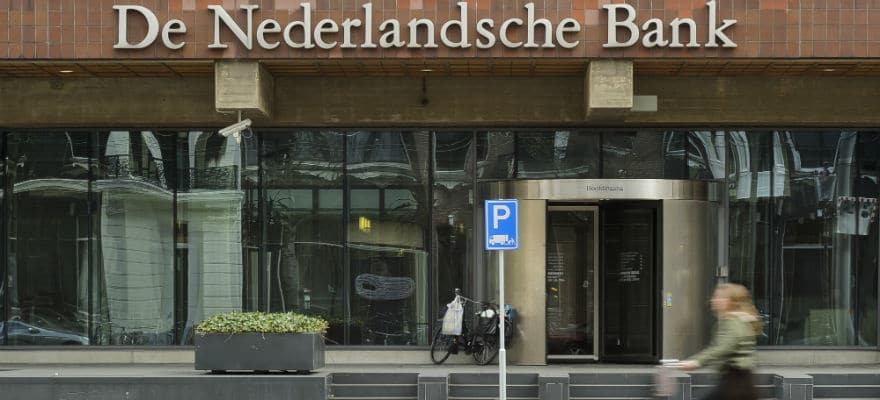Igor Cota has been experimenting with lightning.
The developer explains in a post in Githubthat if the Lightning Network was connected with NFC technology in a standardised manner, Bitcoin could really be used for everyday retail Payments .
What are these two things
NFC, or near field communication, is the technology that allows your contactless payment card to work.
At its core, NFC technology is a wireless data transfer system powered by a chip that activates when it detects the presence of another similar chip in close proximity. It is an evolution of radio frequency identification technology, which was first patented in 1983. Early forms of NFC were being developed from the 1990s onwards. An NFC chip typically requires a distance of fewer than 10 centimetres. Advantages of the technology include the low power requirement and the fact that it doesn't need an internet connection.
It was first used in payment cards as early as 1997, but widespread adoption at retail outlets came only after the millennium. MasterCard Canada found in 2010 that people spend 25 percent more when contactless technology is available on their cards - now all major banks and payment cards offer NFC technology. The London underground system integrated NFC technology into its systems in 2014 with its Oyster card.
It is now also fairly standard on late-model mobile phones.
The Lightning Network is a system developed to make Bitcoin useable again. Bitcoin has become slow and heavy in its old age, with transactions taking minutes to be processed and transaction fees so high that small transactions are not worth making.
The lightning protocol processes Bitcoin transactions away from the Bitcoin Blockchain , adding them to the main chain in a bundle later on. This has the effect of making transactions quicker and cheaper. As Charlie Lee, founder of Litecoin, famously explained: "Fiat is to gold as lightning network is to Bitcoin."
Combine and standardise
If these two technologies were combined, we could feasibly see Bitcoin being used by commuters to purchase their morning coffees. As of now, Bitcoin transactions usually use a QR code. Cota explains in his post: "QR codes are a bit unwieldy and even more so if you want a nice HTML table description of your grocery shopping with hundreds of items - this relatively large amount of data makes them impractical to scan."
His experiment consisted of a machine with an NFC-enabled USB device that acts as a point-of-sale terminal.
He explains that there that an NFC chip can operate either passively or actively. The chips used in payment cards are usually passive ones, and Cota experienced no issue with this: "Works great provided both the phone and terminal are connected to the network and have a route to each other."
Active chips ('card emulation mode') allow two-way communication between devices. Cota says that this might involve some "handshaking", but could be useful "as fallback in situations where mobile data is not available." Cota says that the community should agree on a single way forward if this system is to be adopted: "For the sake of interoperability, it would be great if we agreed on some standards."
He calls his system 'Presto'. He said to CoinDesk: "I want the payments to be instant just like with the contactless cards we have here in Europe. A user would simply tap on the payment terminal and presto!"

















